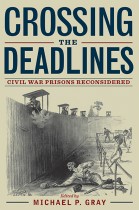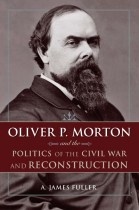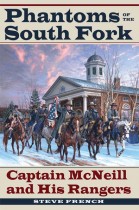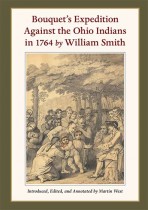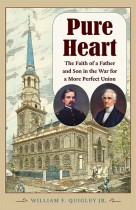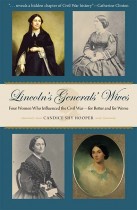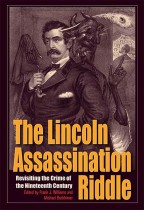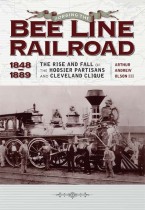The Insanity Defense and the Mad Murderess of Shaker Heights
William L. Tabac | Filed under: Audiobooks, Award Winners, History, Regional Interest, True Crime, True Crime History
They have no witnesses. They have no case. With this blunt observation, Mariann Colby—an attractive, church-going Shaker Heights, Ohio, mother and housewife—bet a defense psychiatrist that she would not be convicted of murder. A lack of witnesses was not the only problem that would confront the State of Ohio in 1966, which would seek to prosecute her for shooting to death Cremer Young Jr., her son’s nine-year-old playmate: Colby had deftly cleaned up after herself by hiding the child’s body miles from her home and concealing the weapon.


